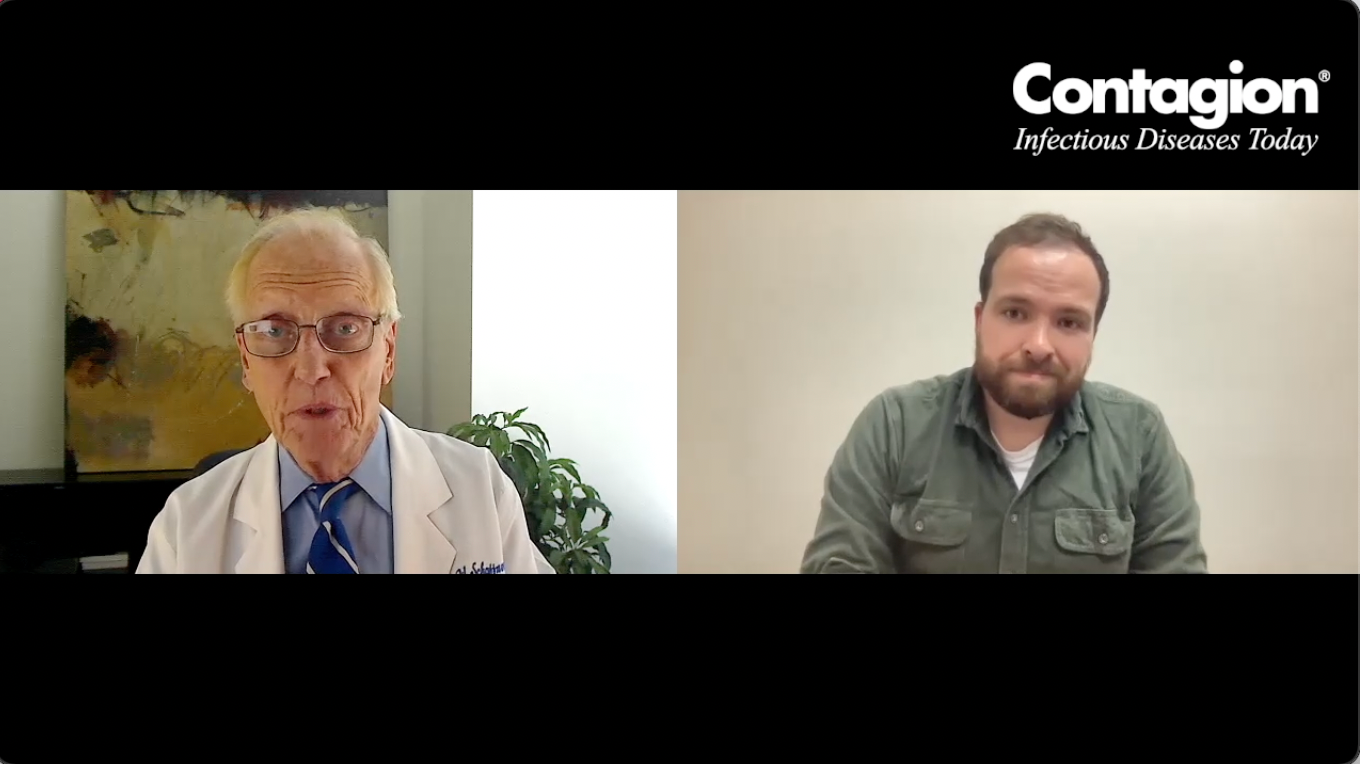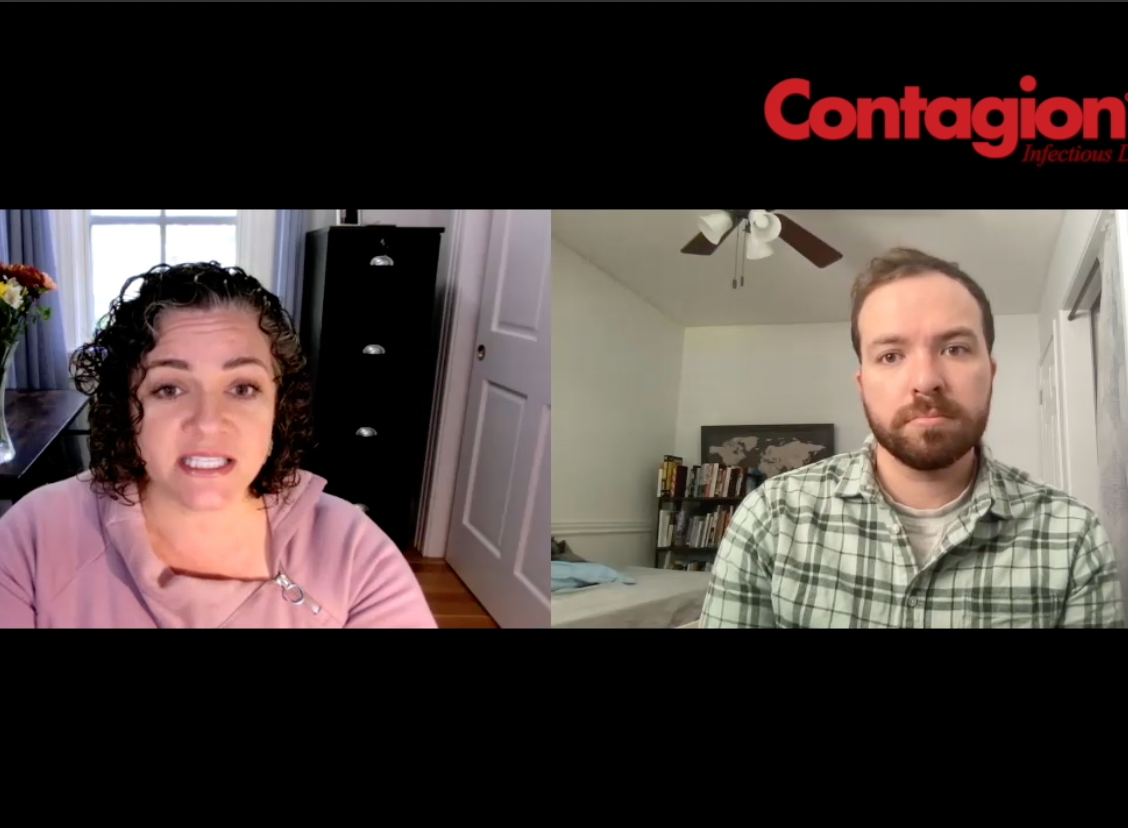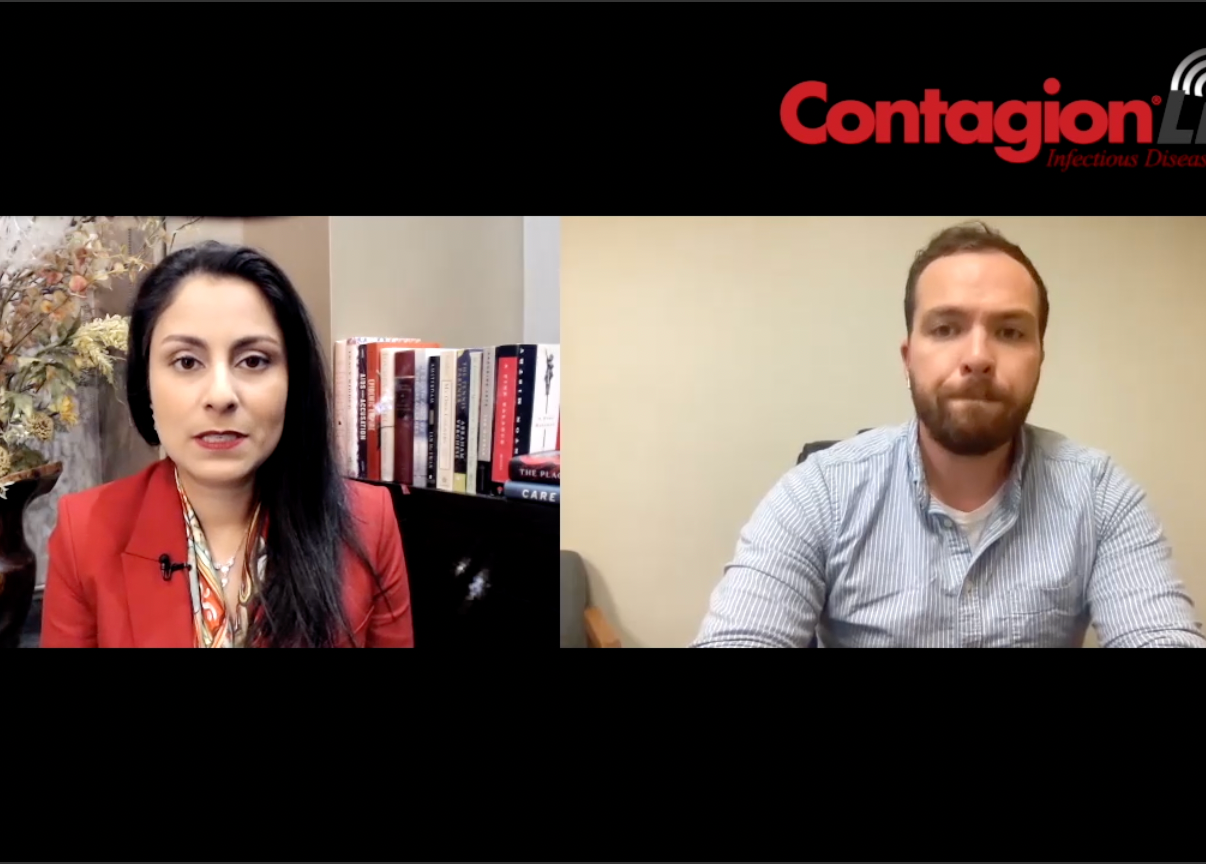A Global Catastrophic Biologic Risk By Any Other Name Would Smell As Sweet
The Center for Health Security has given us a powerful tool against future biological threats.
Global catastrophic biological risks (GCBRs) have increasingly become an area of concern for policy and research, and yet, we struggle with a core definition. How can we address a distressing concept if we do not truly know what it is?
The Johns Hopkins Center for Health Security took on this challenge and brought forth the collective minds of biodefense and biosecurity experts to formulate a working definition for GCBRs that would allow us to truly address the problem. A subset of global catastrophic risks, these are unique in that they are biological, which requires a particularly exceptional response.
The definition the Center for Health Security developed for GCBRs is, “Those events in which biological agents—whether naturally emerging or reemerging, deliberately created and released, or laboratory engineered and escaped—could lead to sudden, extraordinary, widespread disaster beyond the collective capability of national and international governments and the private sector to control. If unchecked, GCBRs would lead to great suffering, loss of life, and sustained damage to national governments, international relationships, economies, societal stability, or global security.”
What makes this definition unique, aside from it being the first working definition for GCBRs, is that it highlights several components, such as sustained catastrophic damage, and instead of highlighting a specific number of deaths, it looks to a range of negative outcomes, such as infertility. The center also highlights that GCBRs are likely to be sudden and without medical countermeasures. Moreover, we must not only think of them in terms of pandemics as “not all GCBRs are pandemics and not all pandemics are GCBRs.” When examining potential examples of GCBRs, there are only a handful that truly meet criteria. Although some may meet the definition based off one’s perspective, like that of HIV/AIDS, others, such as 2009’s H1N1 outbreak would not meet the criteria.
When evaluating GCBRs, it can be easy to look at lives and dollars lost; however, it goes far beyond that. One must consider the sustained damage to national governments, international relationships, economics, social stability, etc.
Within the center’s publication, there are also 10 commentary pieces from a range of science and policy experts, who address the complexities of GCBRs and the need to address them from a multitude of vantage points. Some of these articles highlight what future GCBRs may look like, noting that long term, they are likely to be engineered pathogens intentionally dispersed or accidentally released. Dr. Tom Inglesby, director of the Johns Hopkins Center for Health Security, commented to Contagion® that, "I think many of us have recognized, in some way, that potential GCBRs exist and could conceivably cause terrible global consequence. But, as a professional community, we haven't put a name to them, haven't spent enough time trying to understand how they could occur, or what is needed to prevent or respond to them. We hope that offering a definition and discussion of GCBRs and inviting colleagues to offer their judgments is a way to move critical thinking on this forward."
The challenging task of defining such a globally feared, but poorly understood risk was daunting; however, the Center for Health Security has provided us with a working tool that can now be applied to policy, and future preparedness and response efforts.





















